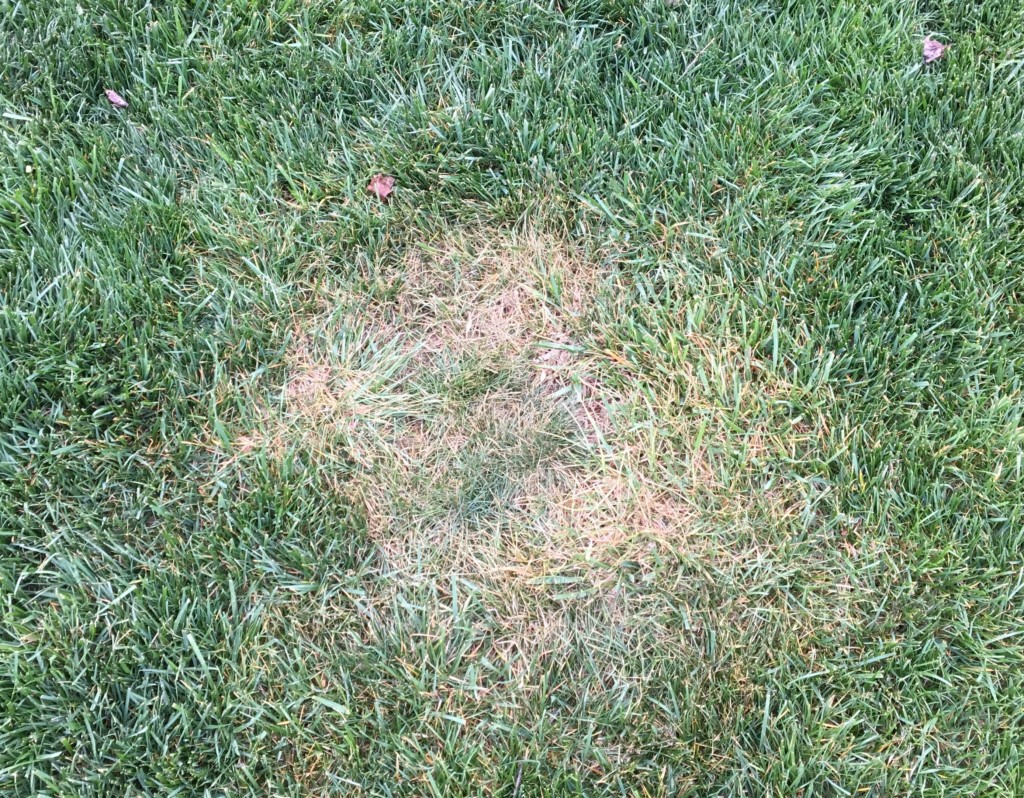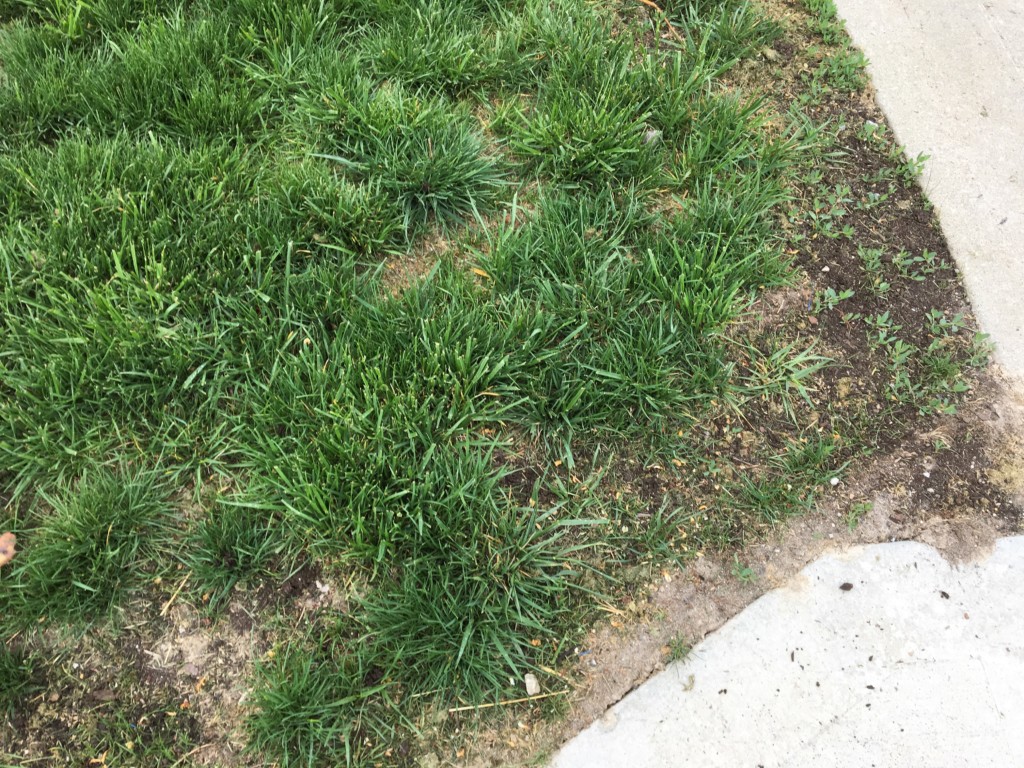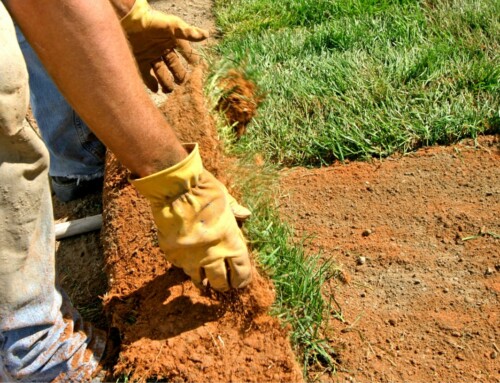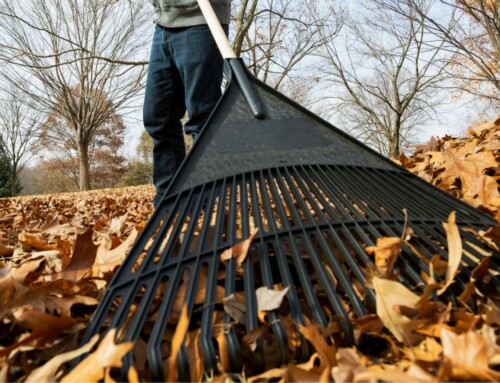
Snow mold (yes, it’s a thing) and erosion problems are just two issues affecting local homeowners this spring following snow, after heavy snow, this winter.
“Lawnscape Manager Chris Keedy and I have looked at numerous lawns this spring,” said Chief Ambassador of Outdoor Living Patrick Vogt. “Many lawns are showing signs of stress and unsightly appearances caused by snow mold, especially in shaded areas where grass roots are not well established. We’ve seen turf along sidewalks, driveways and curbing damaged by salt, and we’re also seeing a lot of erosion issues caused by heavy winter rains and snow.”
Snow mold is a cold-weather fungus that can occur when deep snow adds weight to grass and plants, and multiple snow events create a large amount of wintertime moisture. It’s largely unnoticeable until the spring after the snow melts. “Unfortunately, there are no fungicide treatments that can address the snow mold in the spring,” said Vogt. “If you notice a problem this spring, we can take steps to help re-establish the grass, but you’ll also want to consider a fall fungicide to try and prevent future problems.”

Erosion problems have also increased due to nearly 30 inches of snow this winter compared to less than 10 total inches of snow the three previous winters combined. “Local meteorologists are predicting above average rainfall this spring, too, so erosion is a big concern,” said Vogt. “We encourage anyone with early onset of erosion issues to get those taken care of right way, especially before they worsen and impact your home’s foundation.”
To learn more about snow mold, please visit the University of Missouri Extension’s website.
Need help getting your turf back into shape or fixing erosion problems? Please contact us today for a complimentary assessment and options.






